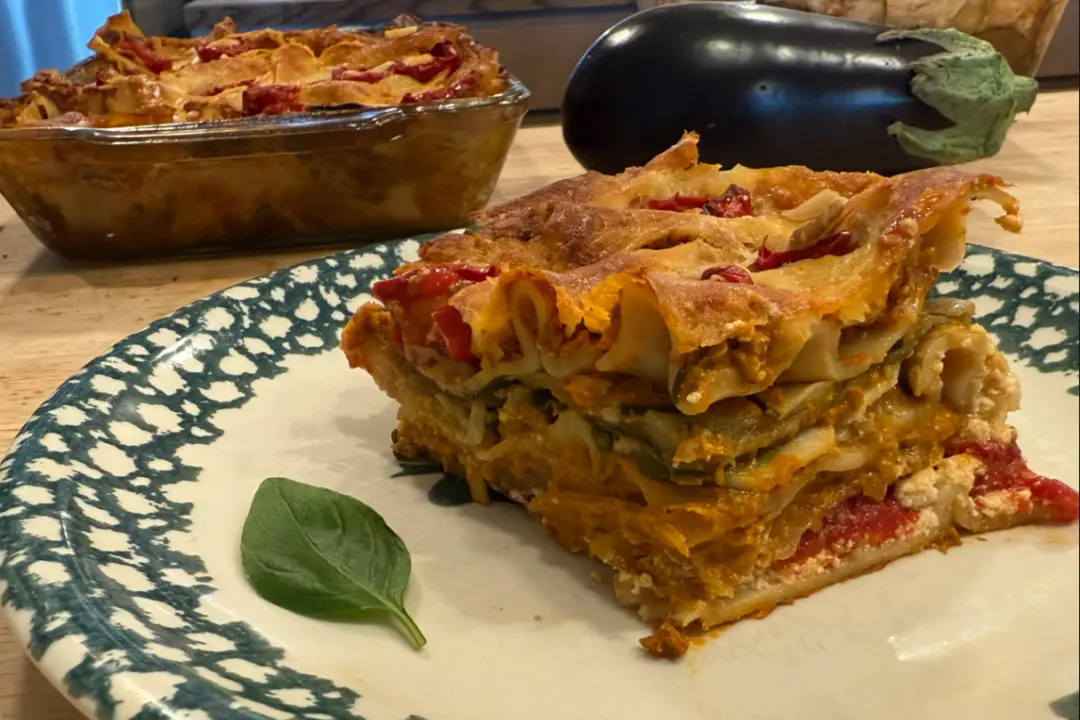The recipe for toum contains only garlic, salt, lemon juice, and olive oil. It’s as thick and creamy as mayonnaise and improves everything it touches. But before it’s time for toum, we have to discuss the task at hand: It’s time to plant the garlic.
Select Your Garlic
Autumn isn’t the usual time for planting, but garlic is the exception. As the frost prepares to blanket the garden, garlic growers in the north are tucking in their cloves beneath layers of insulating mulch. (In warmer, frost-free zones, the deadline isn’t as tight, but it still has to happen before the winter solstice.)Garlic is also exceptional in that it’s one of the few garden crops that doesn’t begin as a seed. You plant actual garlic, the same garlic that you could just as easily slice into a pan. But that doesn’t mean we just bring home garlic from the supermarket and push it into the ground. Commercial garlic may carry diseases that could infect your garden. It could be beaten up and bruised, which will make it more susceptible to rotting in the ground. And unless you do your gardening in California or China, the garlic at your local store won’t be local to your region, and you want garlic that can make itself at home where you plant it.





